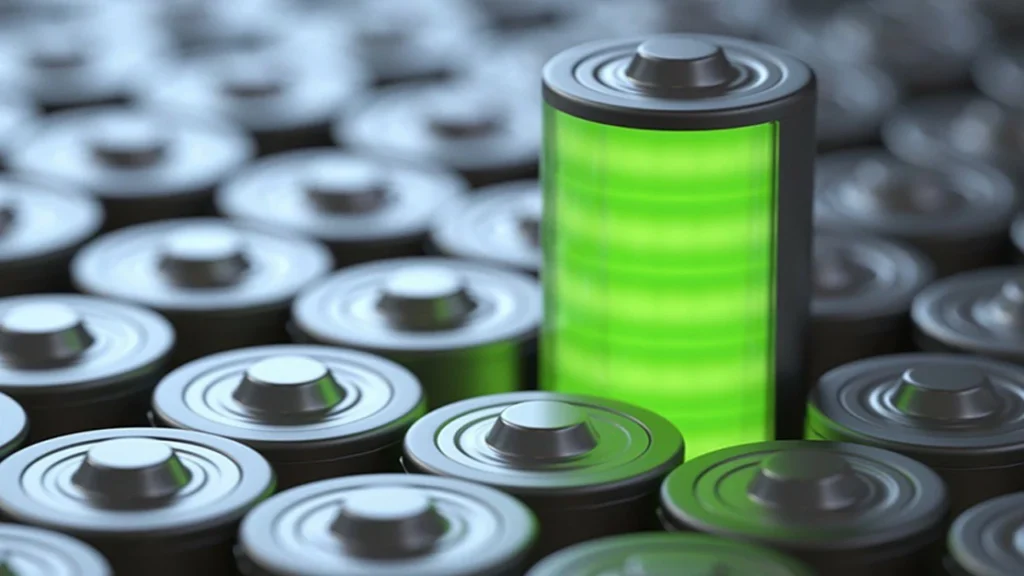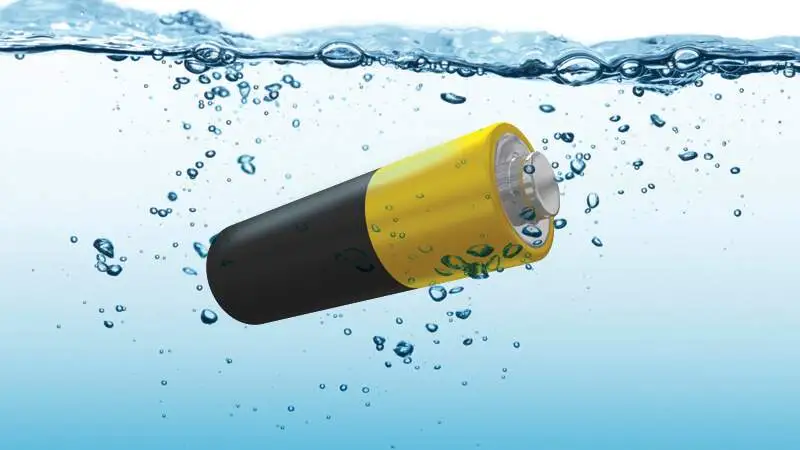Seismic structure optimization – filled with elastic silicone rubber material main content The mechanical vibration and shock generated during the operation of motorcycles pose a severe challenge to the stability of the internal structure of lithium batteries. Studies show that when a vehicle is jolted, the acceleration that lithium batteries are subjected to can reach over 15G. Long-term mechanical stress…





